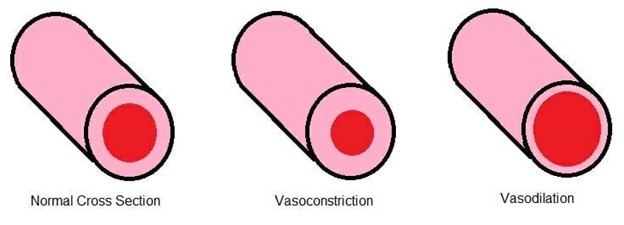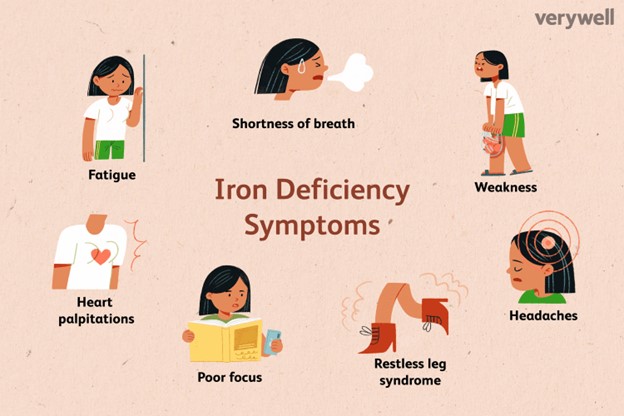Assessment of a pregnant woman and her fetus reveals tachycardia and hypertension. There is also evidence suggesting vasoconstriction. The nurse would question the woman about use of which substance?
Marijuana
Cocaine
Nicotine
Caffeine
Heroin
The Correct Answer is B
Choice A Reason: This is incorrect because marijuana is a psychoactive substance that affects the central nervous system and can cause euphoria, relaxation, altered perception, and impaired memory. It does not cause tachycardia, hypertension, or vasoconstriction in pregnant women or their fetuses.
Choice B Reason: This is correct because cocaine is a stimulant substance that affects the cardiovascular system and can cause tachycardia, hypertension, vasoconstriction, arrhythmias, and ischemia in pregnant women or their fetuses. It can also increase the risk of placental abruption, preterm labor, intrauterine growth restriction, and fetal death.
Choice C Reason: This is incorrect because nicotine is a stimulant substance that affects the respiratory system and can cause bronchodilation, increased heart rate, and increased blood pressure in pregnant women or their fetuses. However, it does not cause vasoconstriction, but rather vasodilation.
Choice D Reason: This is incorrect because caffeine is a stimulant substance that affects the central nervous system and can cause alertness, insomnia, anxiety, and increased urine output in pregnant women or their fetuses. It does not cause tachycardia, hypertension, or vasoconstriction in moderate doses.
Choice E Reason: This is incorrect because heroin is an opioid substance that affects the central nervous system and can cause euphoria, sedation, analgesia, and respiratory depression in pregnant women or their fetuses. It does not cause tachycardia, hypertension, or vasoconstriction.

Nursing Test Bank
Naxlex Comprehensive Predictor Exams
Related Questions
Correct Answer is D
Explanation
Choice A Reason: This is incorrect because hemoconcentration by hypertension is a condition where the blood volume decreases and the blood pressure increases, leading to a higher hemoglobin level. A normal hemoglobin level for a pregnant woman in her second trimester is 10.5 to 14 g/dL. A hemoglobin level of 11 g/dL is within the normal range, not indicative of hemoconcentration.
Choice B Reason: This is incorrect because a multiple gestation pregnancy is a pregnancy with more than one fetus, such as twins or triplets. A multiple gestation pregnancy can cause a lower hemoglobin level due to increased blood volume and increased demand for iron. A hemoglobin level of 11 g/dL is not suggestive of a multiple gestation pregnancy.
Choice C Reason: This is incorrect because greater-than-expected weight gain is not directly related to the hemoglobin level. Weight gain during pregnancy depends on various factors such as pre-pregnancy weight, nutrition, physical activity, and genetics. A hemoglobin level of 11 g/dL does not reflect the weight status of the pregnant client.
Choice D Reason: This is correct because iron-deficiency anemia is a common type of anemia that occurs when the body does not have enough iron to produce enough red blood cells. Iron-deficiency anemia can cause a low hemoglobin level and affect the oxygen delivery to the tissues and the fetus. A hemoglobin level of 11 g/dL may indicate iron-deficiency anemia, especially if the client has other symptoms such as fatigue, weakness, pale skin, or cravings for non-food items. The nurse should confirm the diagnosis with further tests and recommend iron supplements and dietary changes to treat the condition.

Correct Answer is ["2"]
Explanation
Step 1: Determine the total daily dose of quetiapine.
- The provider prescribes 50 mg every 12 hours.
- Total daily dose = 50 mg × 2 = 100 mg.
Step 2: Calculate the total dose for 3 days.
- Total dose for 3 days = 100 mg × 3 = 300 mg.
Step 3: Determine the dose per administration.
- The total daily dose is divided into two doses (every 12 hours).
- Dose per administration = 100 mg ÷ 2 = 50 mg.
Step 4: Calculate the number of tablets needed per dose.
- Each tablet is 25 mg.
- Number of tablets per dose = 50 mg ÷ 25 mg = 2 tablets.
Step 5: Confirm the number of tablets to be administered per dose on day 3.
- The dose per administration remains the same each day.
- Therefore, the nurse should administer 2 tablets per dose on day 3.
So, the nurse should administer 2 tablets per dose on day 3.
Whether you are a student looking to ace your exams or a practicing nurse seeking to enhance your expertise , our nursing education contents will empower you with the confidence and competence to make a difference in the lives of patients and become a respected leader in the healthcare field.
Visit Naxlex, invest in your future and unlock endless possibilities with our unparalleled nursing education contents today
Report Wrong Answer on the Current Question
Do you disagree with the answer? If yes, what is your expected answer? Explain.
Kindly be descriptive with the issue you are facing.
